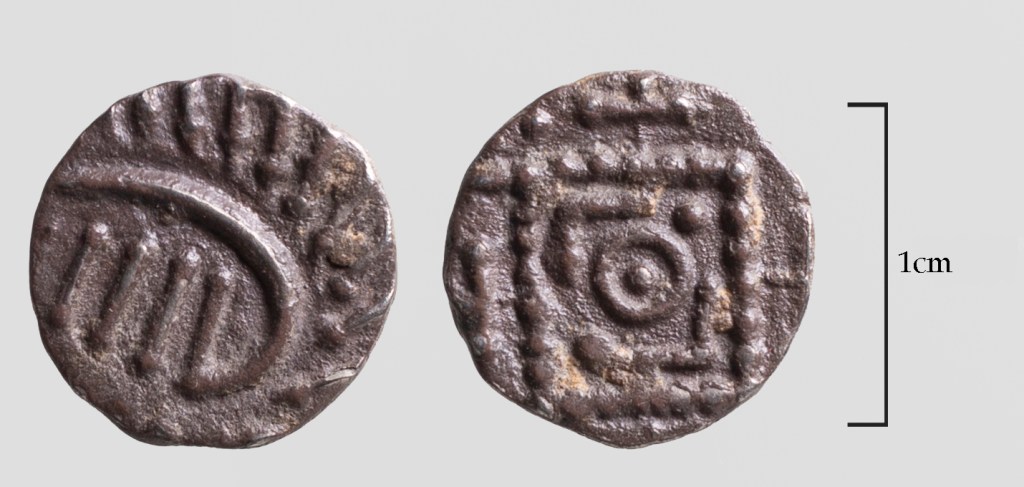This article by Frank Meddens and Christiane Meckseper has just been published by the Essex Society for Archaeology & History.
Excavations in 2018 revealed the remains of a Late Bronze Age/Early Iron Age (c.1150-600 (cal) BC) co-axial field system with a group of contemporary cremation burials. The boundary ditch was shown to be a long-term feature of the landscape, remaining in use throughout the Iron Age into the Roman period.
The Chelmer Valley and wider Boreham area was known to have been a rich Late Bronze Age landscape, with sites such as the Springfield Lyons enclosure, and the discovery of the important Late Bronze Age Boreham hoard. This was found 120m to the west of the cremation burials on our site, and comprised 39 metal objects, mainly socketed axes, but also swords, knives, a spear, a cauldron and 16 ingots; it’s likely that 3 further axes found nearby may have belonged to the same hoard. The majority of these objects had been deliberately damaged. This is a widespread phenomenon across Bronze Age Britain and western Europe. It is believed the objects may have been regarded as being empowered, so that their distribution across the landscape formed links between features of the landscape and also the people who lived there. Two blade fragments of the same Late Bronze Age type sword were found in Staffordshire on hilltops either side of the River Trent, 3km apart, drawing these two parts of the landscape together. The deliberate destruction of the objects implies their transformation to a world beyond the living, paralleled in the funerary process of death and cremation burial. Nineteen Late Bronze Age/Early Iron Age cremation burials were found at the site and distribution suggested a formal organised burial site in use over several generations. The discovery of the cremation burials in such close proximity to the hoard shows that this location marked a special focus in the contemporary landscape.
Finds from the fills of ditch recuts show that the field boundaries laid out at this time remained through the Saxon and medieval period. This early medieval silver penny, issued during the Secondary Phase of the Anglo-Frisian ‘sceatta‘ coinage is a Series E, dating to around AD700-740.


